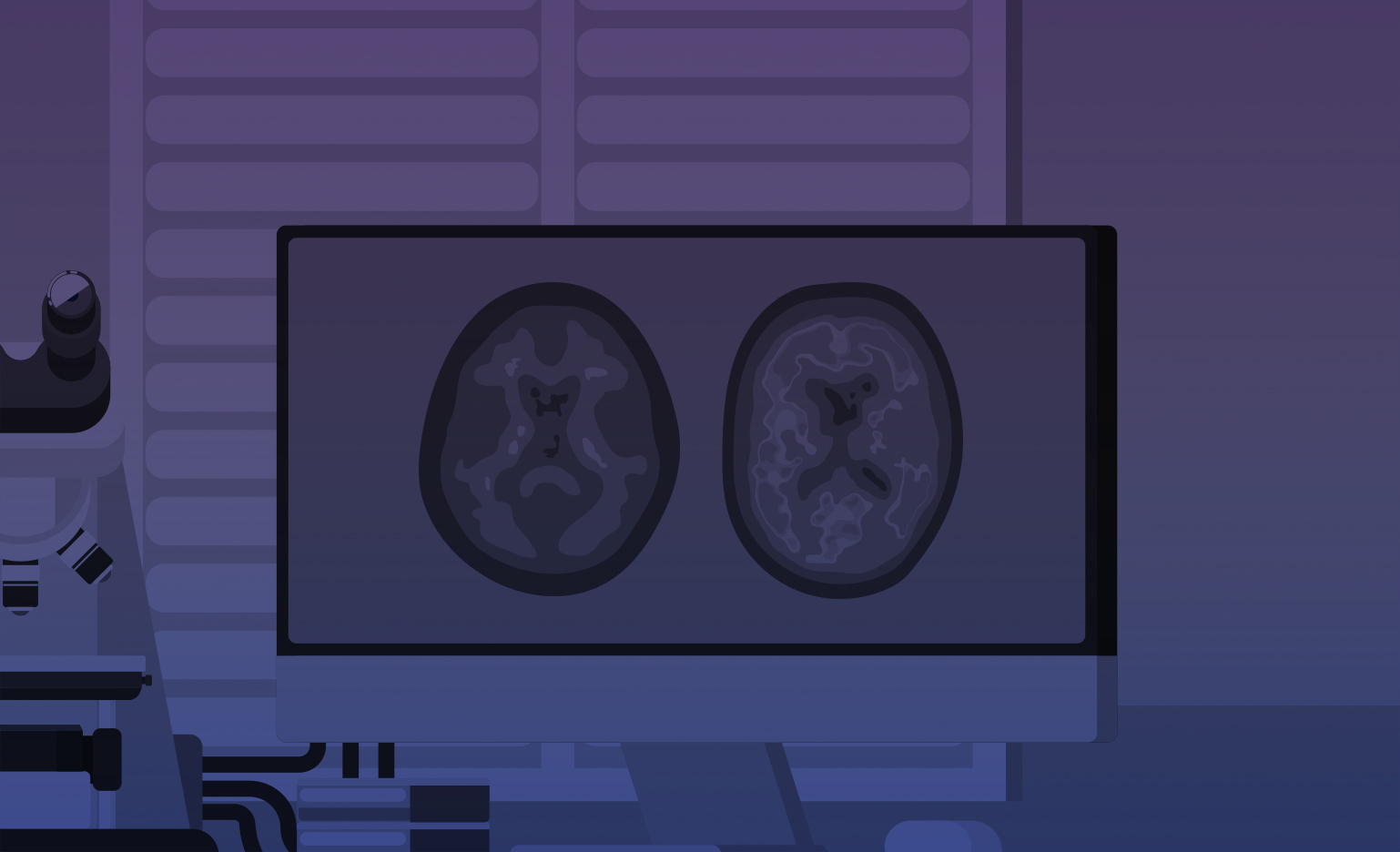The University of Texas Southwestern Medical Center at Dallas
The University of Texas Southwestern Medical Center at Dallas
AAV-mediated clearance of tau aggregates in vivo
Alzheimer’s disease and related tauopathies pose a significant public health challenge, characterized by the progressive accumulation of harmful tau protein aggregates in the brain. These aggregates are associated with impaired neuronal function and cognitive decline. Our proposed research seeks to revolutionize treatment strategies for these disorders through a gene therapy approach using engineered nanobodies (NBs) fused to TRIM21, a protein involved in targeted protein degradation. This strategy harnesses the specificity of NBs to distinguish pathological tau aggregates from normal tau proteins, coupled with the efficacy of TRIM21 to prompt cellular mechanisms that degrade these harmful aggregates. By integrating this therapeutic fusion into adeno-associated virus (AAV9) vectors, we can deliver our treatment directly into neurons, effectively targeting the core sites of disease pathology. Our research will leverage cutting-edge tau aggregate biosensors and robust animal models to rigorously test and validate the efficacy and safety of our approach. Initial studies in cellular models demonstrate that our TRIM21-NB fusion not only prevents the propagation of tau pathology but also actively clears existing aggregates, an important feature for treatments aims at targeting tau at any stage of disease. By focusing on both halting disease progression and clearing existing pathology, this research holds promise for significantly improving outcomes in the management of Alzheimer’s disease and related tauopathies and underscores its public health significance.

